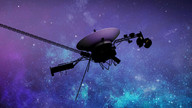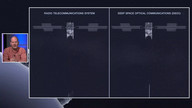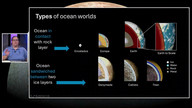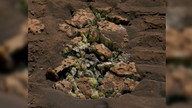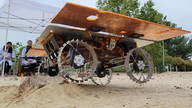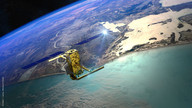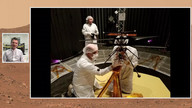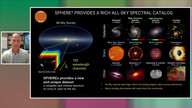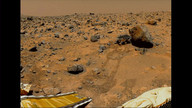About cookies on this site Our websites require some cookies to function properly (required). In addition, other cookies may be used with your consent to analyze site usage, improve the user experience and for advertising. For more information, please review your options. By visiting our website, you agree to our processing of information as described in IBM’sprivacy statement. To provide a smooth navigation, your cookie preferences will be shared across the IBM web domains listed here.
Fixing Voyager: How NASA Restored Communications with Voyager 1 from Across the Solar System
After more than four and a half decades exploring our solar system and beyond, Voyager 1 has had a challenging year. In November 2023, the spacecraft suddenly and unexpectedly stopped sending scientific and engineering data back to Earth, beginning a months-long process to diagnose and problem-solve with a spacecraft billions of miles away and built on systems designed in the 1970s.
Join us for a live talk to learn how the Voyager team at JPL – both current and retired – used an impressive combination of modern and past resources, detective work, trial and error, and decades of experience to solve the problem.
Launched in 1977, Voyager 1 and its twin Voyager 2 are the only spacecraft ever to operate outside the heliosphere and continue to provide valuable scientific data from interstellar space.
Speakers:
Kareem Badaruddin, Voyager mission manager, NASA JPL
Dr. Linda Spilker, Voyager project scientist, NASA JPL
Host:
- Gregory Smith, communications and education directorate, NASA JPL
Co-host:
- Calla Cofield, Media Relations Specialist, NASA JPL


